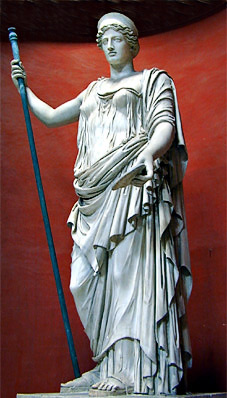return to Home Page
or move on to Goddess Jubchas-Guaya, next chronologically,
or use Her Cyclopedia Index
Juno, {Shining-One}.
JWNO
Alternate meaning: Divine-Queen.
[to Whom the fourteenth day of February, day 044, is dedicated]
